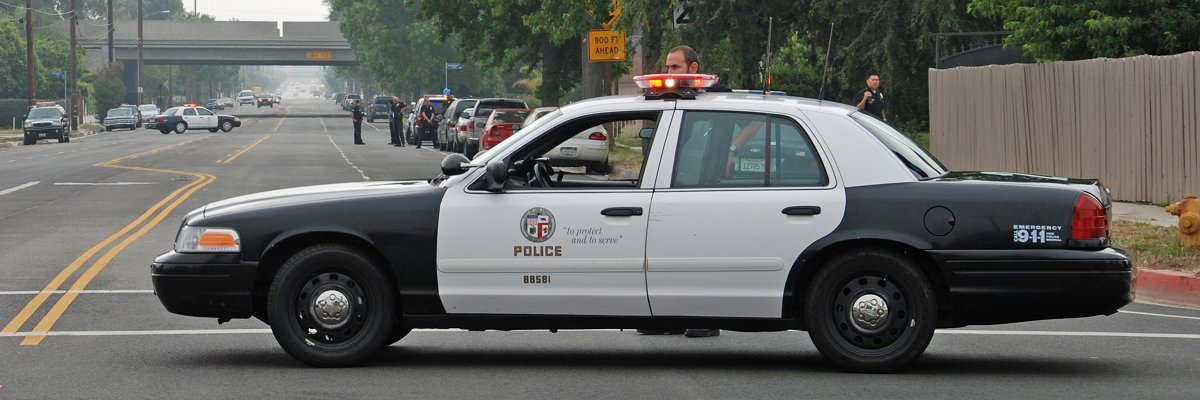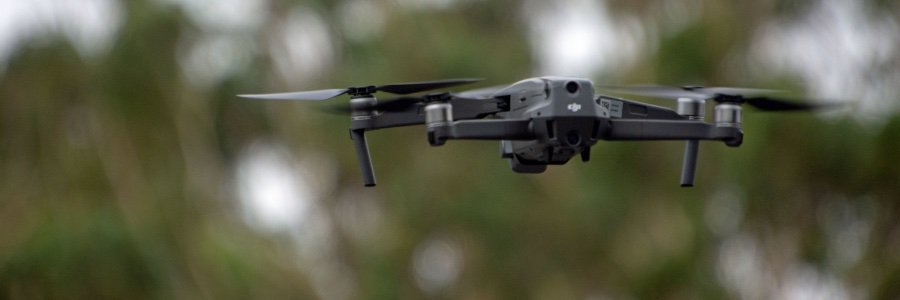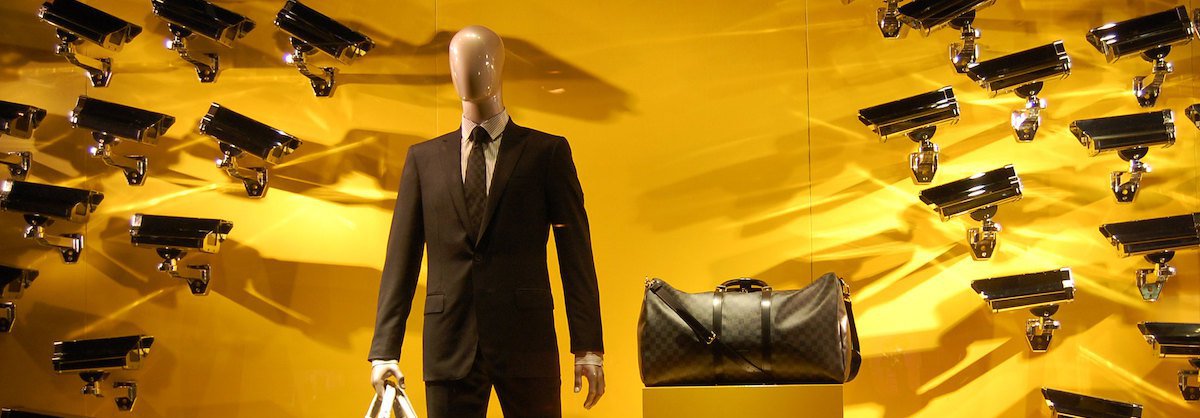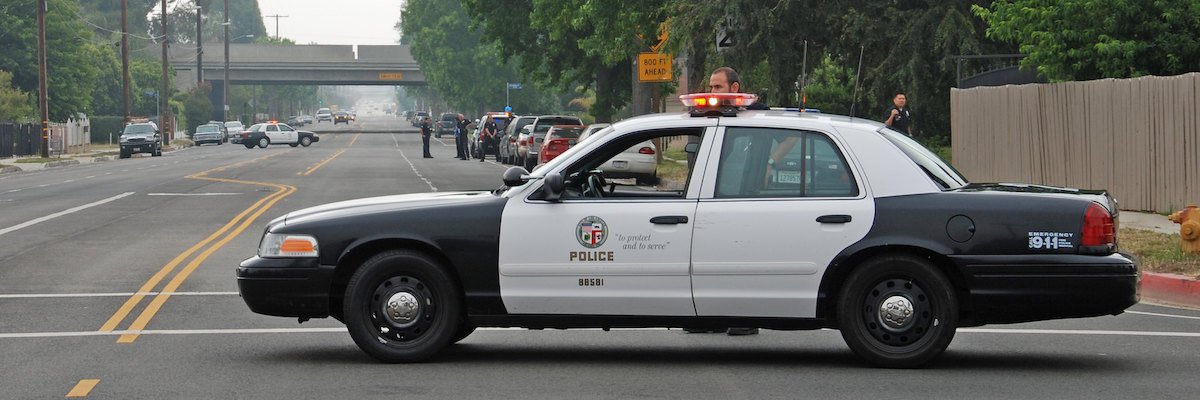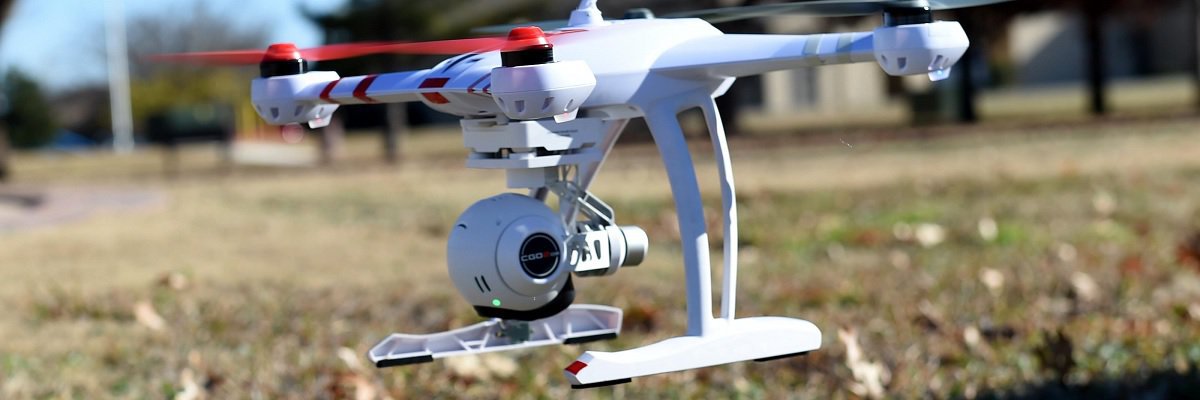A version of this article appeared on Motherboard
Police in Los Angeles are playing the long game when it comes to drones. More than a year after the Los Angeles Police Department received two unmanned aerial vehicles, the units remain under lock and key awaiting clear policies on how they’ll be used in operations.
As we reported last year, the LAPD scored two small hexacopter drones as part of a deal with Seattle Police Department in June 2014. Seattle’s mayor ordered the drones boxed up in February 2013 following public backlash over a shady acquisition process, but Seattle police were unable to get rid of them for more than a year. Seattle offered the drones for free to interested law enforcement agencies, and LAPD gladly accepted.
This made the LAPD the largest municipal police department in the country known to possess unmanned aerial vehicles. The police department in Los Angeles is third in size to Chicago, which said it has no drones, and the NYPD, which has been less than willing to share info about its flirtations with unmanned technology.
The LAPD, meanwhile, has tread carefully. In a June 2014 press release, the department made clear that the two Draganflyers would not be used until the Board of Police Commissioners solicited public input and completed a review regarding usage guidelines for the new equipment.

“The review would only consider narrow and prescribed uses to prevent imminent bodily harm, for example, a hostage situation or barricaded armed suspect,” the press release continued.
In September 2014, the LAPD announced that it had transferred possession of the two drones to the department’s inspector general pending further review.
“These two vehicles will be secured in my offices, and I will not release them to anyone, including the LAPD, until and unless the Commission authorizes their release,” Inspector General Alexander Bustamante stated. “In the meantime, these two [unmanned aerial vehicles] will not be used or operated in any manner.”
At the time, LAPD officials anticipated that the department would have policies and protocols and protocols drafted in approximately six months. A year later, it seems no progress has been made toward deployment of these two drones.
Emails and meeting notes released by LAPD allow insight into initial outreach that the police chief made to civil liberties organizations.
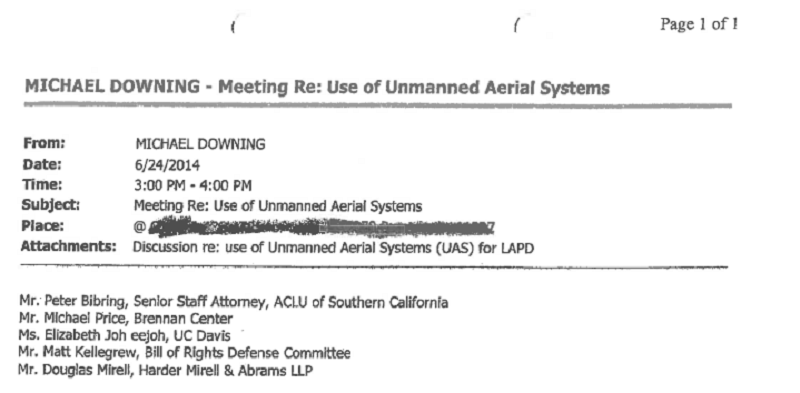
In late June 2014, Deputy Chief Michael Downing, who heads LAPD’s Counter-Terrorism & Special Operations Bureau, called a meeting with a number of privacy advocates and policy experts. Participants included representatives from the ACLU of Southern California, the Bill of Rights Defense Committee, and other lawyers specializing in police surveillance and privacy.
Privacy advocates pressed the LAPD to articulate clearly the specific purposes for which drones would deployed, as well as protocols to protect civilians’ privacy. Per the notes, Elizabeth Joh of the UC Davis School of Law emphasized the need for rigorous accountability mechanisms, and not only for present uses. As potential uses expand, transparency provisions must keep pace, she told LAPD officials.
Matt Kellegrew of the Bill of Rights Defense Committee characterized the association of drones with targeted assassinations overseas as “one of the biggest obstacles regarding UAVs.”

Another email shows that Deputy Chief Downing scheduled a subsequent meeting in September 2014 to discuss the issue. Beyond that, it does not appear that police in Los Angeles have made any moves toward deploying drones.
Granted, California has been one of the testing grounds for legislation to rein in law enforcement drones. In September 2014, a bill passed the state legislature that would have required police to get a warrant before using drones to collect images, footage or data.
The mayor of Los Angeles reportedly supported the bill, but Governor Jerry Brown vetoed the proposal, saying that the warrant requirement was poorly crafted.
“There are undoubtedly circumstances where a warrant is appropriate,” the governor wrote in a statement justifying the veto. “The bill’s exceptions, however, appear to be too narrow and could impose requirements beyond what is required by either the 4th Amendment or the privacy provisions in the California Constitution.”
A similar bill was submitted this year to the California senate, with exceptions to the warrant requirement for emergency circumstances and written consent of the property holder.

In October 2014, the LA city council voted for the LAPD and the city attorney to draft guidelines for the operation of drones within city limits. But officials indicate that such guidelines have not been completed, nor has there been further progress on operation of the LAPD’s own drones.
“I can tell you that nothing has come to the Commission from the Department relative to the deployment of the UAVs,” says Richard Tefank, executive director of LAPD’s Board of Police Commissioners. “The Department was to gain community input when they were ready to proceed. To the best of my knowledge that has not occurred as of yet.”
Peter Bibring of the ACLU of Southern California said that he had heard “not a peep” from LAPD on drafting a drone deployment policy since conversations last year.
A spokesperson for LAPD confirmed that “there are no updates regarding policy on drones.”
Other police departments across the country complain of being stymied by federal rules on where their drones can fly, or barred from buying unmanned vehicles by municipal ordinance. The LAPD, on the other hand, having already obtained two drones for nothing, has chosen not to enter the fray for now.
Image by Chris Yarzab via via Wikimedia Commons and is licensed under CC BY-SA 2.0
